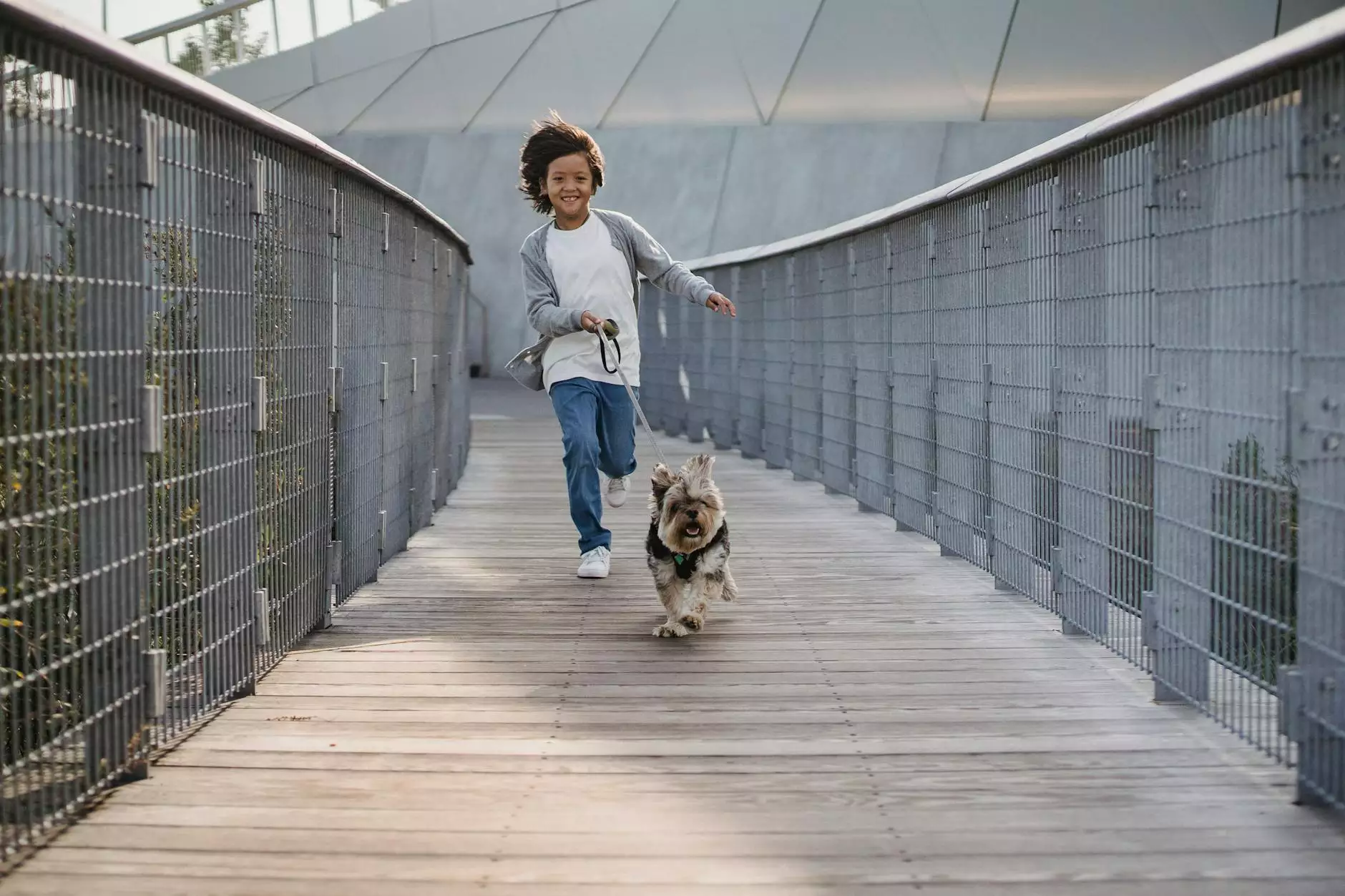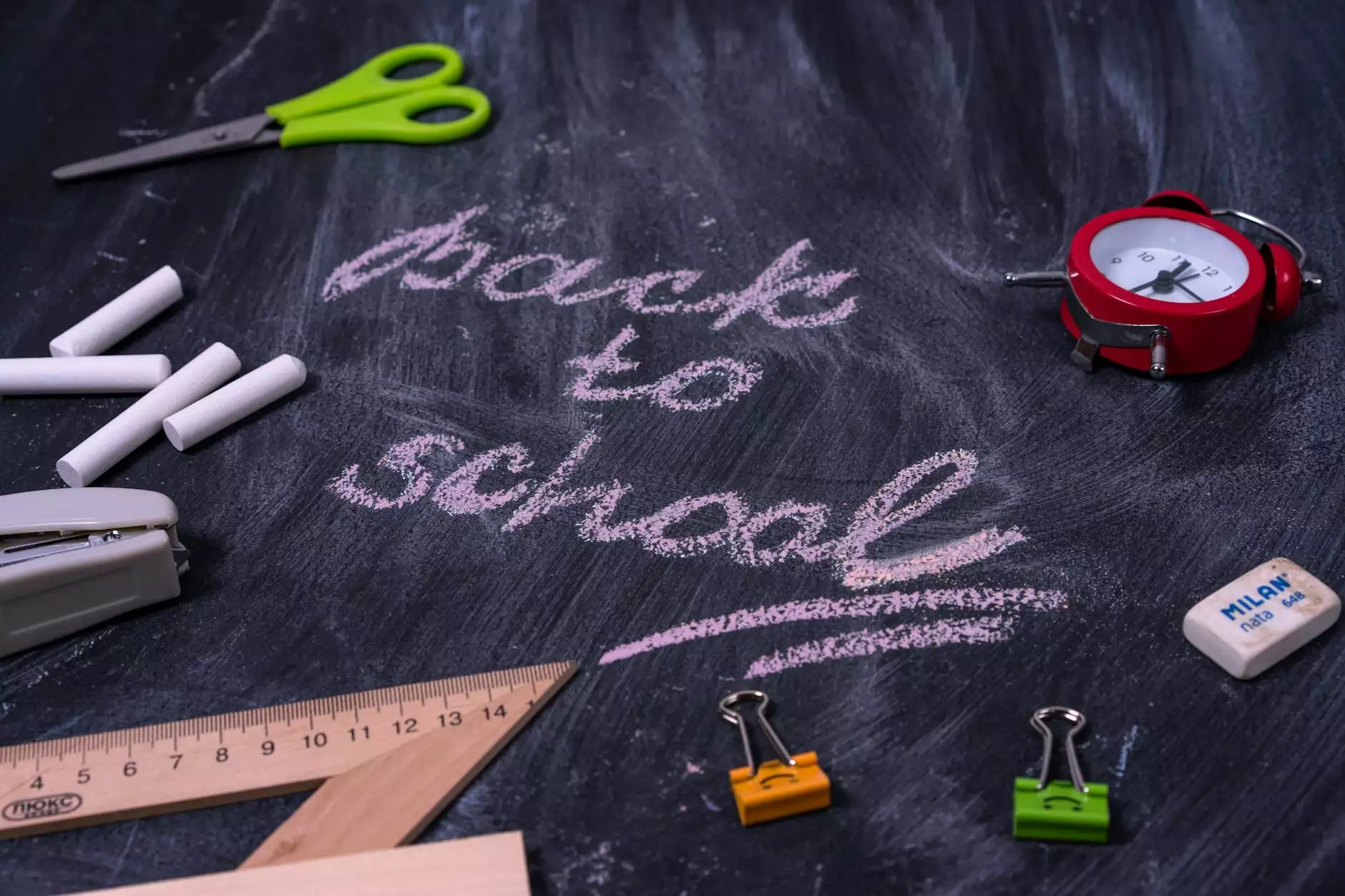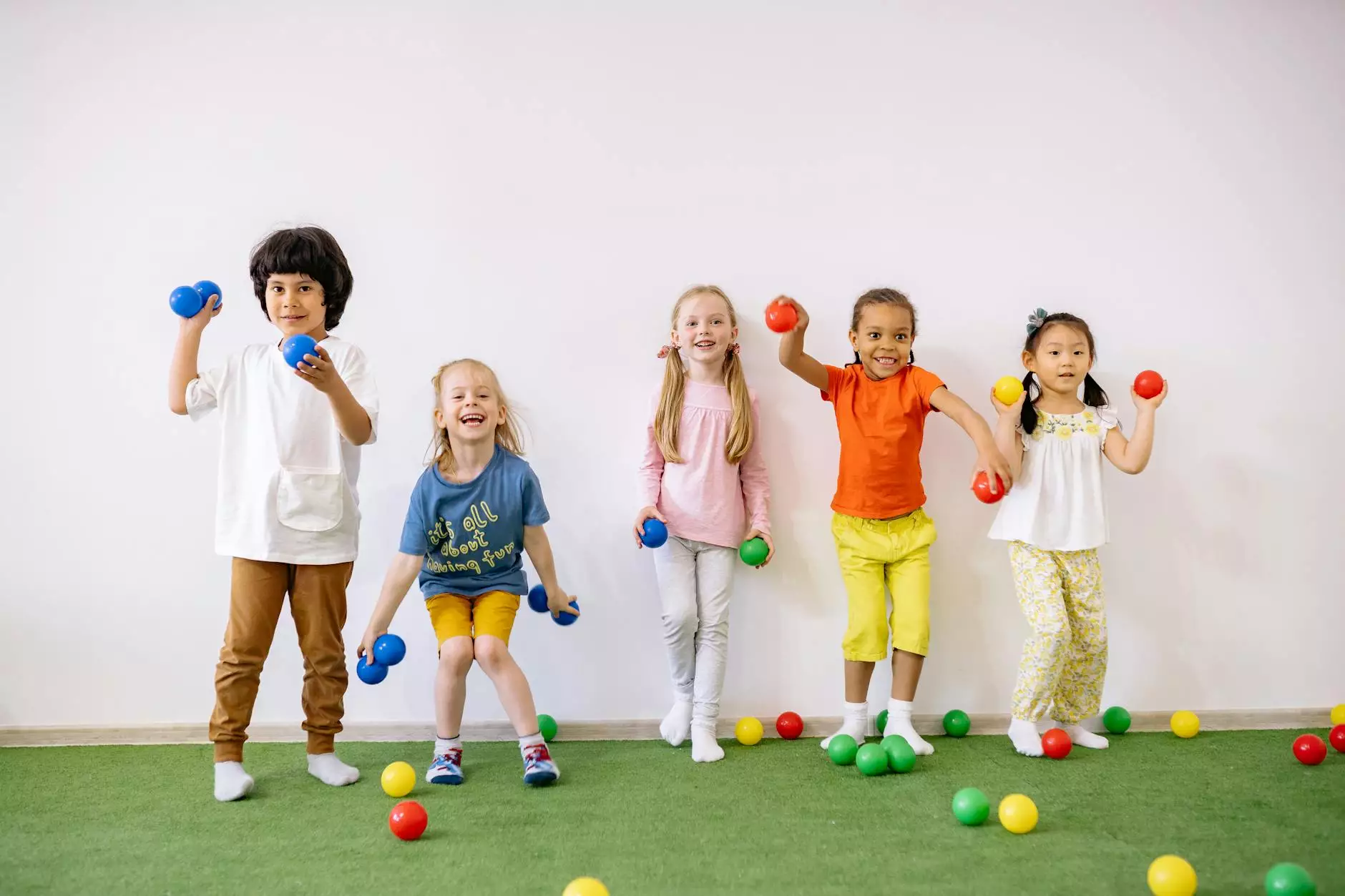How To Help Your Dog Adjust To Back To School Season
Dog Care
Introduction
Welcome to Wisconsin Adventures' comprehensive guide on helping your dog adjust to the back-to-school season. As summer comes to an end, families' routines change, and their four-legged friends may need some assistance in adapting to the new schedule. In this article, we will provide you with valuable tips and insights to ensure a smooth transition for your beloved pet.
1. Maintain a Consistent Routine
Dogs thrive on routine and structure. With the return of school, it's crucial to maintain a consistent daily schedule for your dog. Stick to regular feeding times, walks, play sessions, and bedtime routines. By providing a consistent routine, your dog will feel more secure and less anxious during the back-to-school season.
2. Provide Mental Stimulation
Dogs, just like humans, benefit from mental stimulation. During the day when your family is away, consider engaging your dog's mind with interactive toys, treat puzzles, or food-dispensing toys. These activities not only keep your dog entertained but also promote problem-solving skills and prevent boredom-related behaviors.
3. Offer Physical Exercise
Regular exercise is vital for dogs to maintain their overall health and well-being. Allocate time each day for walks, runs, or playtime in the backyard. Physical exercise helps burn off excess energy, reduces anxiety, and promotes better behavior. Fulfilling your dog's exercise needs will make them happier, calmer, and more prepared for the time spent alone during the school day.
4. Create a Safe and Comfortable Space
Designate a safe and comfortable area in your home where your dog can rest and relax during the day. Ensure this space is equipped with a cozy bed, water bowl, and some favorite toys. Providing a dedicated area for your dog helps establish a sense of security, especially when they are confined to the house while everyone is at school or work.
5. Gradually Adjust Alone Time
If your dog is used to having company all day during summer, it is essential to gradually acclimate them to being alone. Start by leaving your dog alone for short periods and gradually increase the duration. By doing so, you can help prevent separation anxiety and make the transition smoother for your furry companion.
6. Engage in Positive Training Techniques
Use positive reinforcement training methods to help your dog associate positive experiences with the back-to-school routine. Reward your dog with treats, praise, and affection for good behavior or when they follow commands. This not only strengthens the bond between you and your pet but also encourages them to see the new routine as a positive and rewarding experience.
7. Seek Professional Help if Needed
If your dog exhibits severe anxiety or struggles to adjust despite your efforts, consider seeking guidance from a professional dog trainer or animal behaviorist. These experts can provide tailored advice based on your dog's specific needs and help address any underlying behavioral issues affecting their adjustment to the back-to-school season.
Conclusion
As the back-to-school season approaches, it's important to ensure that your dog receives the necessary support and care during this transition. By maintaining a consistent routine, providing mental and physical stimulation, creating a safe space, gradually adjusting alone time, engaging in positive training, and seeking professional help when needed, you can help your dog adjust to the changes and make the back-to-school season a positive experience for your entire family.
Remember, every dog is unique, and what works for one may not work for another. Pay attention to your dog's behavior, communicate with them, and provide the necessary love and care throughout this adjustment period. Wisconsin Adventures wishes you and your furry friend a successful and stress-free back-to-school season!









